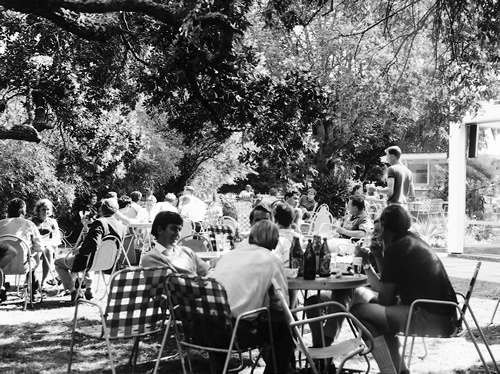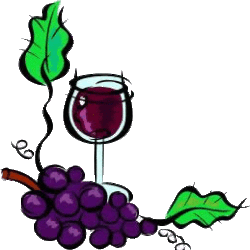
Wine News (another history offering from Ron)
Most Cellar Club Members will eat out occasionally, if not regularly, and it’s worth considering the background to wine drinking in restaurants throughout New Zealand. We expect virtually all restaurants to be either fully licensed or BYO, but looking back to the early 60s, this was not the case.
It was on 13th December 1961 that the first licence to serve wine was granted to the Gourmet Restaurant in Auckland. For the first time since 1917, New Zealanders could at last enjoy dining out in a manner which European immigrants, novels and foreign films had led them to believe was normal elsewhere.
Prior to the first liquor licence being issued, many New Zealand restaurants and coffee bars were breaking the law by providing wine and spirits to their customers. After the first licence was issued, the law allowed for only ten restaurants in New Zealand to serve alcohol, apparently in the belief that this number would be more than sufficient for the few sophisticates who liked a glass of wine with their meal. In Wellington, three restaurants, now long gone, were awarded licences – the Zodiac and Jolly Frog, both in Lambton Quay and Le Normandie in Cuba Street.
Only light wines, beer and stout could be served, bars on restaurant premises were banned and diners could only drink while seated at their table. Liquor was available between noon and 2.30 pm and 6 pm to 11.30 pm, with one hour allowed to finish drinks before the bottles and glasses were whipped away.
The number of tables in the restaurant were limited and Menus had to be printed and their contents approved by the Licensing Commission before use. Staff had to be uniformed, the floor carpeted and general décor finished to a style and standard approved by the Commission. The Government also ensured that for the next ten years, the simple and inexpensive restaurant, run on the lines of a French Cafe or Italian Trattoria would remain the stuff of novels and foreign films.

It is hard to look back now to those times and compare conditions with what is available now. Many of the well known restaurants established in Wellington in those early days have now long gone. A few restaurants you may remember – Orsinis and Le Normandie in Cuba Street, the Coachman, owned by Des Britten, in Courtenay Place then on the Terrace, Pierres and Frasers in Tinakori Road. Also, Seranos in Vivian Street, Francois [now Le Canard] in Mulgrave Strret, The Settlement in Willis Street, Plimmer House [now Boulcott Bistro], Il Casino in Tory Street, Marbles in Kelburn, The Earl of Pembroke in Northland.
Hotels with formal dining rooms such as The Midland, St. George, Royal Oak, Duke of Edinborough, all now gone. One restaurant that seems to have survived the years is still going strong – The Green Parrot in Taranaki Street – good meals, reasonable prices and open all hours.
Well, that’s progress!
Ron Thomson



